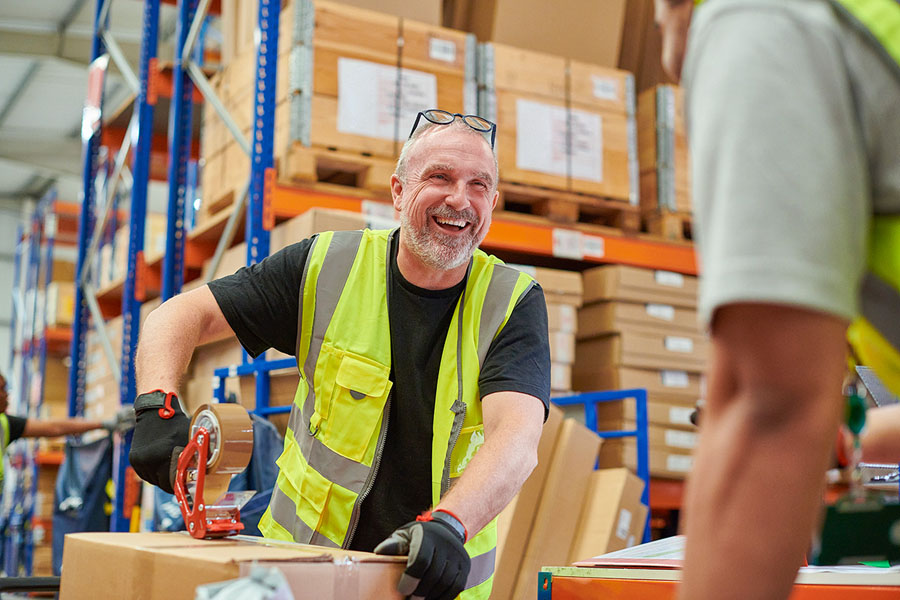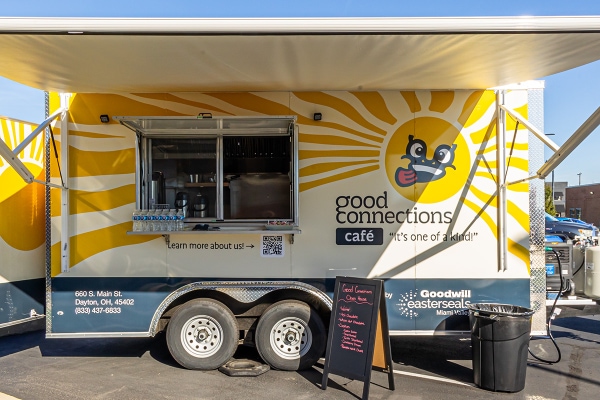
Call Me Professor Coop!
For the past 10 years, I’ve been honored to present to The Ohio State University’s LEND (Leadership Educatio…



Goodwill Easterseals Miami Valley provides a range of personalized job readiness programs designed to empower participants of all abilities and skill levels to pursue employment and live more independently.

Individuals battling mental illness or addiction deserve compassionate support and guidance. Our behavioral health programs emphasize recovery and skill-building, paving the way for a brighter future filled with success and self-sufficiency.

At Goodwill Easterseals Miami Valley we want to help children in our community, particularly those with a disability, get a good start in life. No matter the age our screening programs and car seat offerings can play an important role in helping them achieve independence and stay safe.

As families grow and retirement replaces work for seniors, challenges are still part of the picture. Senior services provide solutions to the growing needs of older adults. Senior services offer the programs, support and outreach to ensure our seniors are safe, healthy, and thriving.

Our programs for individuals with developmental disabilities focus on individualized and meaningful opportunities by meeting individuals where they are to belong, contribute, thrive, and have fun.
Every day, we strive with passion and energy to improve the lives of the people we serve through excellent customer service in an exceptional healthy and safe work place. Learn about Goodwill Easterseals Miami Valley; our organization, its history, mission, and values that guide us and the work in the communities we serve.
Shopping and Donating to Goodwill Helps Power Our Mission

Ron
"Goodwill is like a train that helps you keep going. They recognize your efforts. I don’t know if I’d be as enthusiastic about employment if the people I’ve worked with at Goodwill weren’t so helpful.”

Jacqueline
“I just fell in love with it. It was just something
that opened up my heart to be there and to be
around other people my age...”

Dawn
“Even with everything the world offers, I was still in agony. Clubhouse gave me what was missing community, meaningful work, and hope.”

David
"They’ve provided me with a cane and instructed me on how to use it, showed me how to use the RTA, and even installed new equipment in my house."

Jess
“Clubhouse really saved my life. God told me I would find a new family, more stable and supporting than my old family, and I have found that here at Clubhouse.”


Goodwill Easterseals Miami Valley Business Services provides first-class service and support at a competitive price. Our goal is to be a long-term, value-added partner – not “just another supplier.”

The Good Connections Food Trailer will be at the Greenville Goodwill Store today from 11 am until 1 pm to serve hot beverages and tasty treats.

The Good Connections Food Trailer will be at the Greenville Goodwill Store today from 11 am until 1 pm to serve hot beverages and tasty treats.

The Good Connections Food Trailer will be at the Greenville Goodwill Store today from 11 am until 1 pm to serve hot beverages and tasty treats.
As one of the largest employers in the region, we have a diverse, dynamic workforce. We are always looking for motivated, enthusiastic people to join our team.
